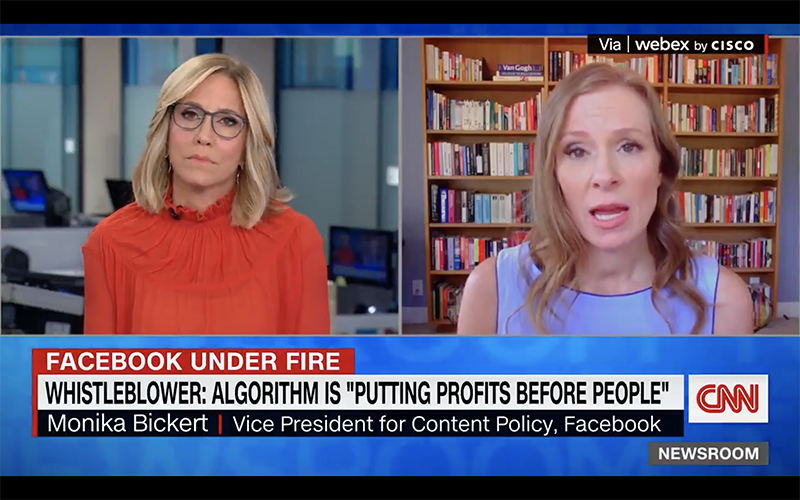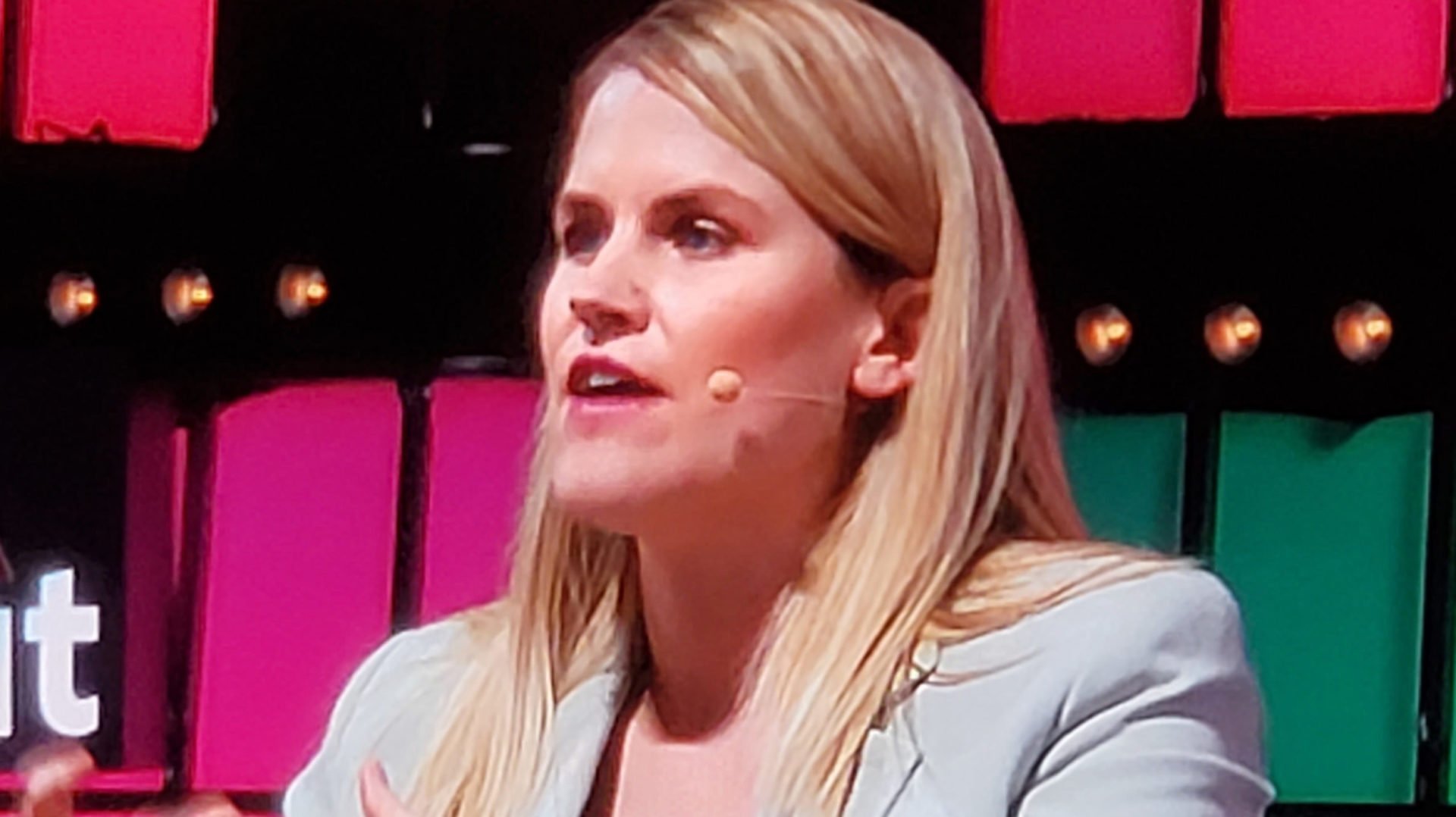
It’s doubtful that any publisher in the world was enlightened by venture capitalist Marc Andreessen’s recent blog post pronouncing that “the news business is a business like any business” and that “the news industry is going through a fundamental restructuring and transformation, for worse and for better.”
But many likely wonder how he can be “more bullish about the future of the news industry over the next 20 years than almost anyone [he knows],” and why he envisions exponential growth in the next decade.
Andreessen’s big bets have famously been wise ones—Facebook, Foursquare, Pinterest, Twitter, and Skype, to name a few—so his confidence might give hope to some who see the news industry in a death spiral. But several insiders have already responded in print that his analysis of their industry is nutso.
Though the Internet is driving down news operations’ revenues, Andreessen points out that it is simultaneously expanding the market for news. He estimates the global number of news consumers in 2020 based on the number of smartphones expected to be in use by then: 5 billion.
“The big opportunity for the news industry in the next 5 to 10 years is to increase its market size 100x AND drop prices 10X,” Andreesen writes. Publishers that provide deep, niche coverage, or those that provide extraordinary breadth will be the winners, he predicts. As in other evolving industries, the middle will die off. And, he says, “this market is plenty big enough for thousands of high-margin, small to medium-sized businesses.”
But the newsmen aren’t buying it.
- Columbia Journalism Review’s Ryan Chittum calls Andreessen’s numbers “crazy town.”
- At the Poynter Institute, Rick Edmonds calls Andreessen’s theories “solid,” but his facts and numbers “not so much,” and his projections “irrationally exuberant.” He warns, “…apply a generous discount to Andreessen’s measuring-the-market numbers before you take them to the bank.”
- Frédéric Filloux, general manager for digital operations at the French business media group Les Echos, says Andreessen is mistaking global reach for monetizable audience; 5 billion cell phone users will not translate to increased average revenue per user.
- And veteran reporter John Reinan at MinnPost writes that “Andreessen’s ability to analyze shifts in the digital world has made him a rich man. It’s a good thing he didn’t have to rely on his ability to analyze the news business. His bank account would be a lot smaller.”
Andreessen points to 8 mix-and-match business models that could spell success for news organizations of the future, and a dozen or so operations that he says are already on the right track, including three that he is invested in: Talking Points Memo, Business Insider, and PandoDaily.
Filloux points out that those three are “digital natives” that “bear none of the burdens of traditional media.” Therefore, Filloux suggests, Andreessen’s bullishness on news is “selective, personal.”
Filloux also refutes Andreessen’s inclusion of the Guardian on that list of media doing news right: “It operates one of the finest digital news system in the world but keeps bleeding money. The Guardian brings a mere $60m in digital ad revenue per year … .”
And Filloux rejects one of the 8 business models Andreessen suggests: Philanthropy. “Saying investigative or public-interest journalism could/should rely on philanthropy is the same as admitting it’s economically unsustainable,” Filloux writes.
MinnPost’s Reinan takes issue particularly with the suggestion that philanthropy could fund investigative journalism, and Edmonds ridicules Andreessen’s estimate that “[T]he total global expense budget of all investigative journalism is tiny—in the neighborhood of tens of millions of dollars annually.” Andreessen makes that argument to back up his view that funding investigative journalism is a “small money problem that could be solved “via a combination of crowdfunding, philanthropy and subsidization by otherwise healthy news businesses.”
But Edmonds points out:

“ProPublica alone has a budget north of $10 million, the great majority of it directly applied to investigative reporting. The Texas Tribune, The Center for Investigative Reporting and The Center for Public Integrity all operate on a similar scale. And that’s not counting the New York Times, the Guardian, and another 1,350 or so American dailies.”
As for the market for quality niche publications that Andreessen believes exists? Filloux says he remains “stunned by the inability of good journalistic products, created by smart people, to find a sustainable business models after years of trying.”
Chittum notes:
“The existential problem for the news is that the Internet has unbundled advertising from content creation. The new digital monopolies all have hundreds of millions of people creating free content for them. … Today, Facebook’s got your weddings, baby announcements, and soccer pictures. Twitter’s got your breaking news. And Google’s got your stock listings, sports scores, news, recipes, etc. Oh yeah, and Craigslist has your classifieds.”

A point on which the journalists and Andreessen would have to agree is one made by Filloux: “Most existing news companies do not fathom the depth of the transformation required to survive and thrive. Nor do they understand the urgency to set this massive overhaul in motion.”














